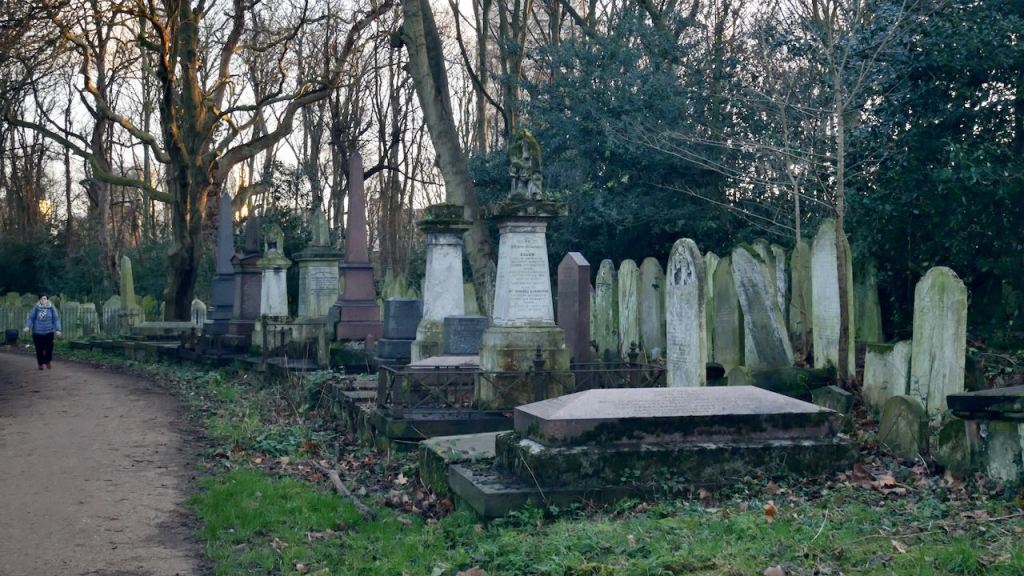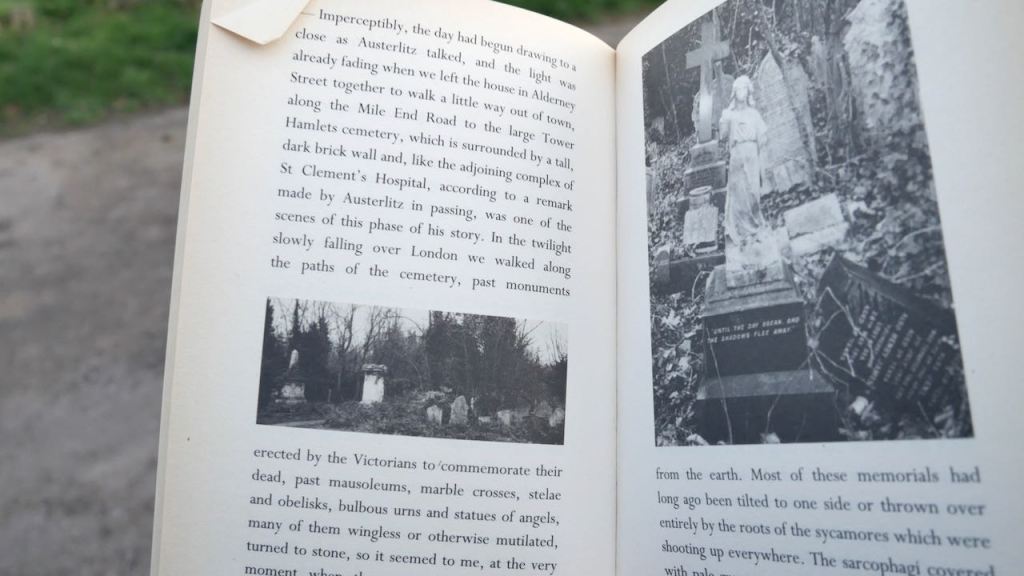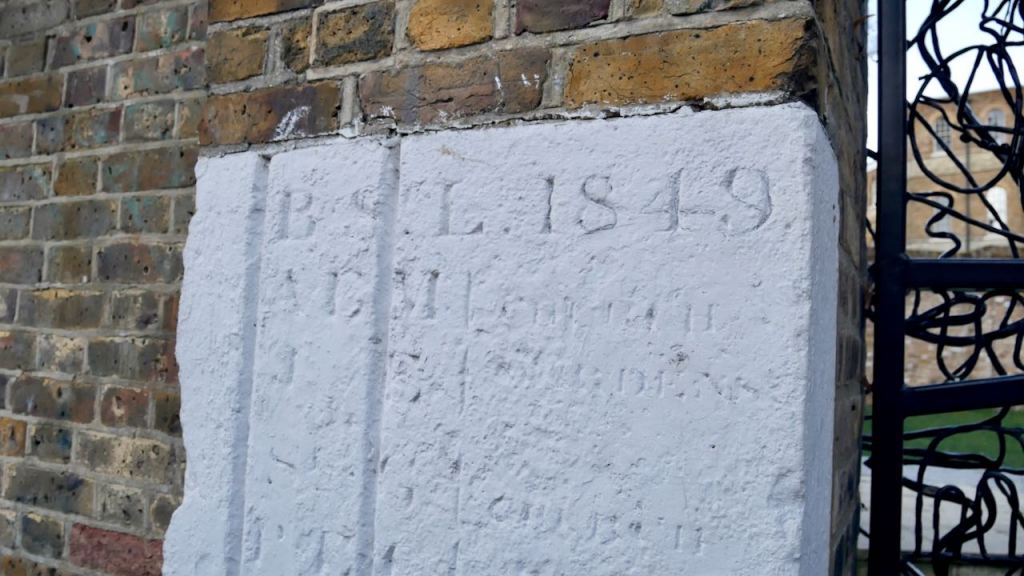
An audio guided walk through Tower Hamlets Cemetery
This audio guided walk is brought to you by Advantages of Age and is part of a series of walks exploring some of the most fascinating London cemeteries and their surrounding areas. This short walk takes us from Mile End Tube Station through Tower Hamlets Cemetery and back to the station.
Our walk starts at Mile End Station on the Central and District Lines.
Exit the Station and turn right along Mile End Road, then take the second right into Southern Grove. After a short distance you’ll find the entrance to the cemetery on your left.
The name Mile End originates from the position of the medieval hamlet one mile from Aldgate on the Eastern edge of the City of London. The name first appears in the 13th Century and remained a largely rural agricultural area beside the London to Colchester Road into the 17th Century when developers started building in the area.
It’s position as an Eastern approach into the City made it a key location in the Peasants Revolt of 1381. Following an uprising against Tax Collectors in Brentwood, Essex a large gathering of over 100,000 protestors led by Wat Tyler camped at Mile End before entering the City. King Richard II rode out to meet them at Mile End and agreed to their demand to end serfdom throughout the country. Wat Tyler was murdered by the Kings men at Smithfield a couple of days later and the Peasants Revolt came to an end.
Mile End is home to Britain’s first Jewish Cemetery, established in 1657 in a former orchard with the permission of Oliver Cromwell. A further Sephardic Jewish Cemetery was added nearby in 1733 and can be seen in the centre of the Queen Mary University Campus just off the Mile End Road.


The City of London and Tower Hamlets Cemetery opened in 1841. And like the other Magnificent Seven Cemeteries of that time was built as a garden cemetery. It was designed and landscaped by architects Thomas Wyatt and David Brandon. There were originally a number of buildings within the cemetery grounds including a Chapel for Religious Dissenters, an Anglican Chapel, and a Mortuary which have sadly all be demolished. The original wall still surrounds the cemetery and is Grade II listed.
The majority of the cemetery is woodland and the site now covers 31 acres, which has been carefully looked after and nurtured to create a precious wildlife habit here in the East End. Among the trees are Ash, Sycamore, London Plane, Lime. A couple of the trees here, an oak and a plane tree, are as old as the cemetery itself. It’s said to be one of the largest areas of urban woodland in east London.
Unlike the other Magnificent Seven Cemeteries we have visited many of those buried here are mainly local working class people. Naturally you can see from the many grand ornate headstones that wealthy people were buried in Tower Hamlets Cemetery, that is not the over-riding story of this peaceful location.



The cemetery features in the final novel, Austerlitz, by the acclaimed German writer W.G Sebald. It is referenced in relation to St Clements Psychiatric Hospital, that borders the northern side of the cemetery and has views of the park. Originally built as a workhouse in 1849 it became an infirmary and then a psychiatric hospital. It has now been converted into modern apartments.



